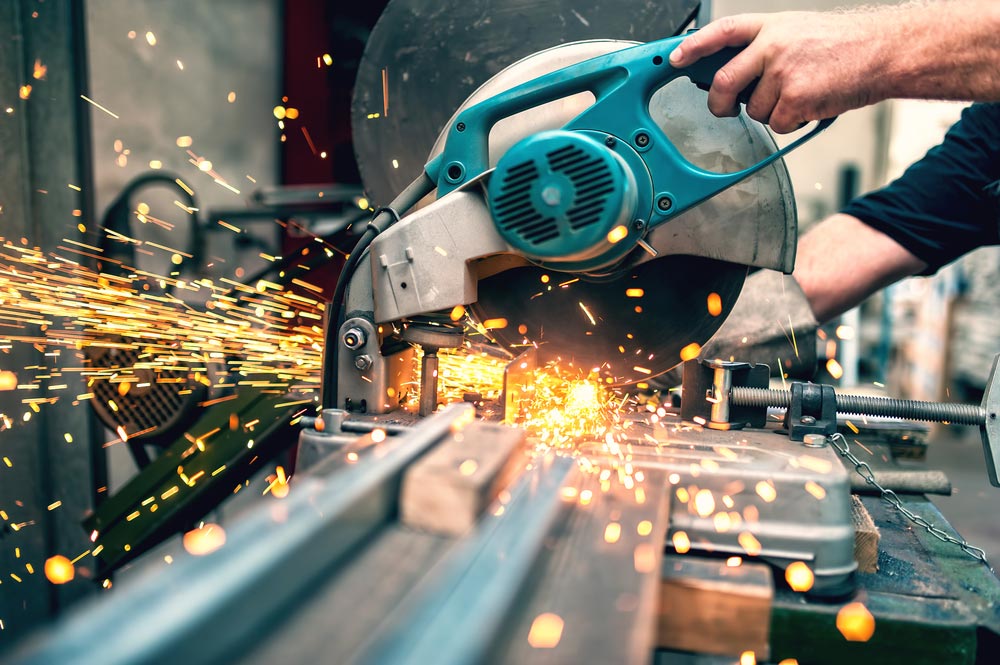return to Blog

Whether it’s the car you drive, the tools you use or the buildings you admire, steel cutting plays a fundamental role in shaping them all. This craft has evolved remarkably from its early days of simple hammers and anvils to today’s advanced, precision-driven machinery. In this blog, we’ll explore the different types of steel cutting techniques, uncovering how they transform a simple steel sheet into the complex structures that make up our daily lives.
At its core, steel cutting is about transforming raw steel into specific forms and sizes tailored to fit the unique demands of various projects. This process is important in fabricating a wide array of steel products, each serving distinct roles in construction and industrial applications.
The technique chosen for steel cutting can significantly impact the quality and suitability of the final product.
This technique is essential for creating precise angles and is commonly used in frames and supports. It involves cutting the steel at a specific angle other than 90 degrees, allowing for the creation of corners and complex geometric structures. Ideal for architectural designs and custom furniture, the mitre cut is a staple in precision craftsmanship.
The most straightforward and commonly used method, the straight cut, is all about simplicity and efficiency. It’s perfect for cutting steel into straight, uniform lengths or widths. This method is widely used in basic construction, industrial fabrication and the creation of standard steel parts.
When intricate designs and detailed shapes are required, profile cutting is the go-to method. This technique allows for cutting steel into specific, often complex shapes and is crucial in custom metalwork, artistic installations and specialised machinery parts. It offers a high degree of precision, making it possible to achieve detailed and decorative designs.
It’s not just about creating holes; it’s about precision placement and sizing. This technique is used to create perfectly sized and positioned holes in steel for bolts, screws and other fittings. It’s essential in assembly processes, where components need to be joined accurately.
Precise cuts lead to seamless assembly, ensuring structural integrity. This level of precision is not just about looking good; it’s about building something that stands the test of time.
A prevalent misconception is that steel cutting is a one-size-fits-all process. In reality, the method chosen must align with the specific application to ensure optimal results. Modern steel cutting, with the help of technology, can be incredibly efficient, even for intricate designs.
For those in need of professional steel cutting services, the choice of provider is crucial. It’s not just about cutting metal; it’s about shaping the future of your projects with accuracy and reliability. Whether it’s a small-scale residential job or a major commercial venture, the right steel cutting technicians can make a significant difference. Contact us at Top End Steel Supplies for high-quality steel cutting services.